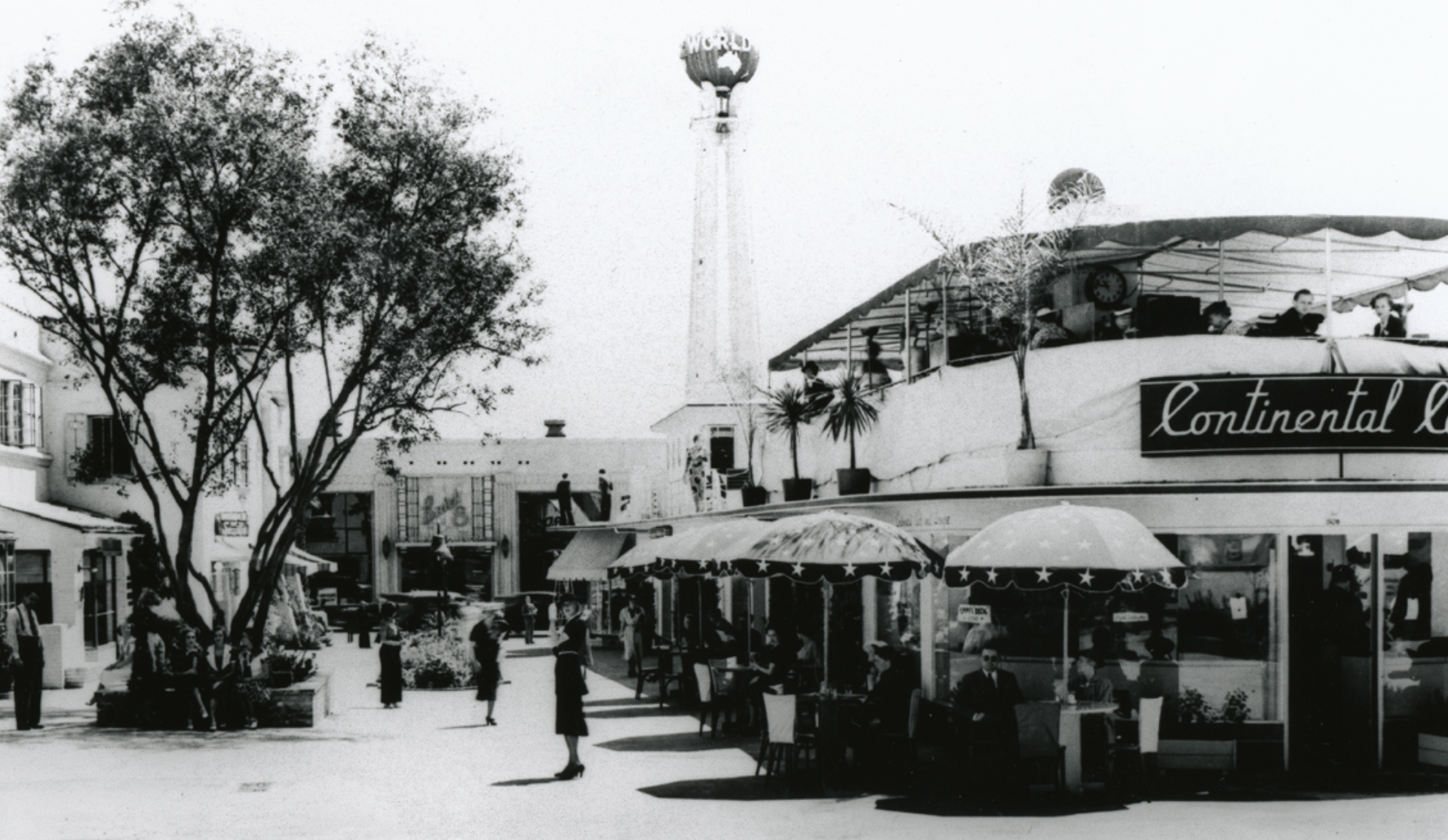A Historic Landmark Of The 1930’s
los angeles’ first outdoor shopping mall
In 1936, the architect Robert V. Derrah designed Crossroads of the World as an international shopping center, patterned after the famous trade market in Jerusalem.
Storefronts were a whimsical mix of international themes, each bringing a different part of “the world” to this pocket of the city, in an era when travel was still prohibitively expensive. A full city block deep, originally with 57 shops and cafes on the first floor and 36 offices on the second floor of the buildings, it became a model for outdoor shopping centers worldwide. The entire complex cost $250,000 to build.
THE MURDER THAT LED TO THE MALL
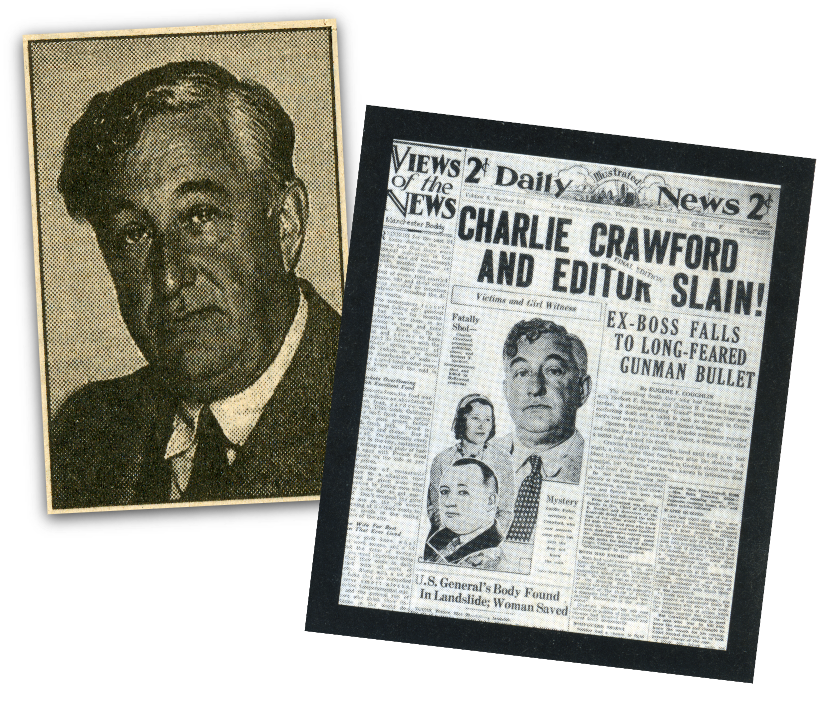
Derrah designed Crossroads of the World for Ella Crawford, the widow of Charles Crawford, an infamous real estate developer, political figure, and organized crime boss. Said to have underworld connections, Crawford was variously know as “Goodtime Charlie,” “The Underworld Czar” and “The Gray Wolf of Spring Street.” Mr. Crawford was the victim of a murder which took place in 1931 at the lot on Sunset Boulevard which would become Crossroads of the World.
It would be like taking a trip around the world. Visitors coming here expect to see something beautiful and unusual, given the widespread publicity in some of our motion pictures.
Grand Opening
Crossroads of the World first opened doors on October 29th, 1936 and celebrated with civic leaders, foreign counsels, and "a galaxy of entertainers" from all over the globe including Cesar Romero, Boris Karloff, Marjorie Gage, Emily Lane, Mary Alice Rice, and Polly Rowles. The press covered the event as it would a movie premiere.
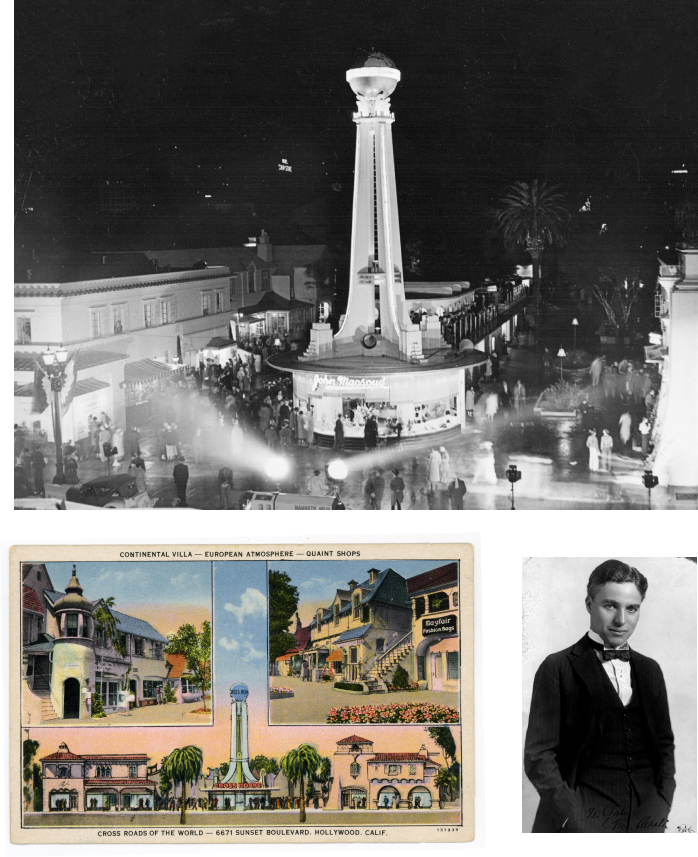

An Industry Insider’s Destination
Almost immediately after opening, Crossroads became part of the bustling glamor, attracting celebrities such as W.C. Fields and F. Scott Fitzgerald. The discreet pathways were full of customers, en route to a barber shop known as The Barber of Seville, Marcy de Paris a French parfumerie, a Spanish cigar maker, DuLaine-Bennati a high-fashion ladies dress shop and even a “handkerchief specialist.” Each catered to the sophisticated tastes and standards of celebrities and upscale shoppers.
A 1938 National Real Estate Journal article noted that 42 of the 57 shops were said to be leased out, but “as only a high-class clientele is sought who will operate distinctive shops, many seeking leases have been turned away.” This discerning approach worked and the exclusive and worldly responded.
Crossroads of the World advertisements from the late ‘30s describe “a magnetic colony of merchants” and tout “A wealth of exquisite, highly desirable merchandise from all over the world.” They feature Anne Herbert’s hand-dipped chocolate, MacDonald-Myers, importers of hand-painted wallpapers, oriental arts and gifts from Peiping-Shanghai, and Burr McIntosh, “the Cheerful philosopher.” The food scene reflected a literal take on this internationalism with restaurants called, “A Bit of Sweden” “A Bit of England,”“A Bit of Italy,” and “La Merienda, Mexico’s Tea Room.” Nestled at the heart of it all, the sleek, contemporary ship-shaped building housed the Continental Cafe, offering patrons the opportunity to dine on the “upper deck.”
The grassroots artistic pulse was just as strong with puppeteer Everett Burgess crafting characters from felt, wool and wire alongside community theater pioneer Neely Dickson and ceramics artist Beatrice “Beato” Wood just down the way in her studio.
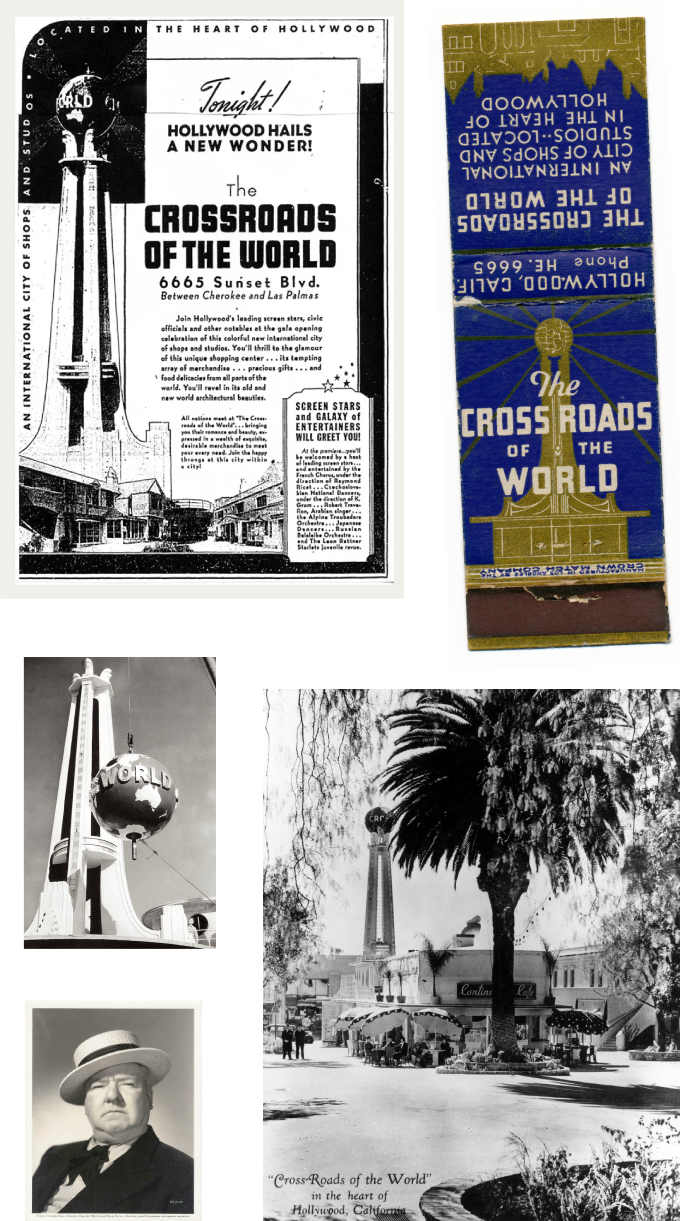
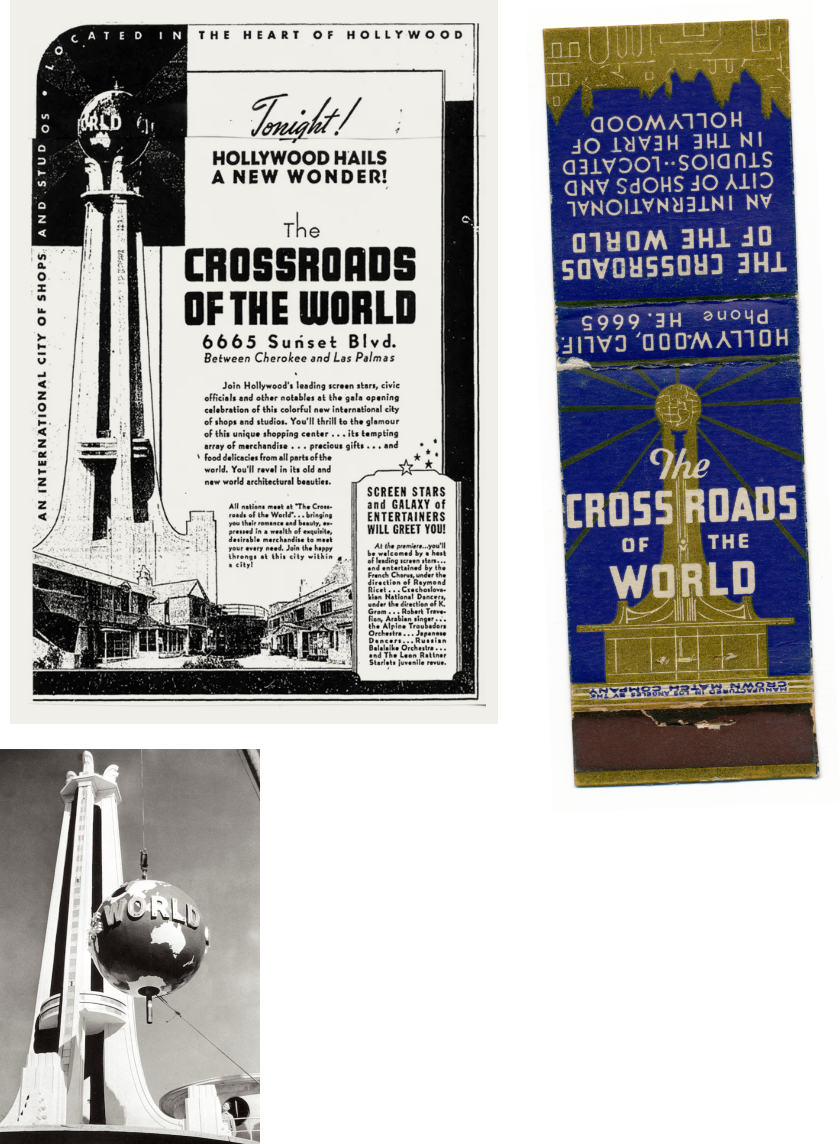
True to its name,
The 1930s was the golden age of cinema, a time of refined sensibilities, glamorous personalities and the genesis of careers that we now consider iconic. Movie executives took bungalow-style spaces here, as did writers, producers and filmmakers. Scripts were drafted on site by Alfred Hitchcock and Orson Welles. Judy Garland and Charlie Chaplin likely signed deals here, and it wasn’t unusual to see Lucille Ball, Dezi Arnez and Howard Hughes walking to lunch together — maybe to meet Walt Disney, who was known to show up from time to time.
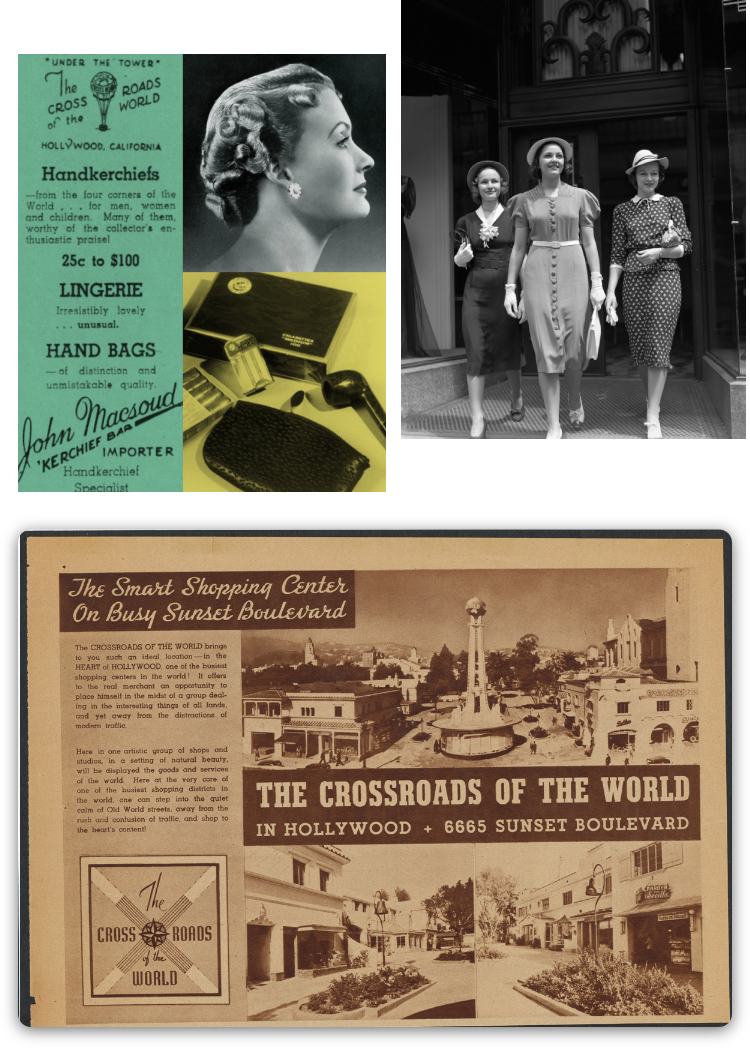
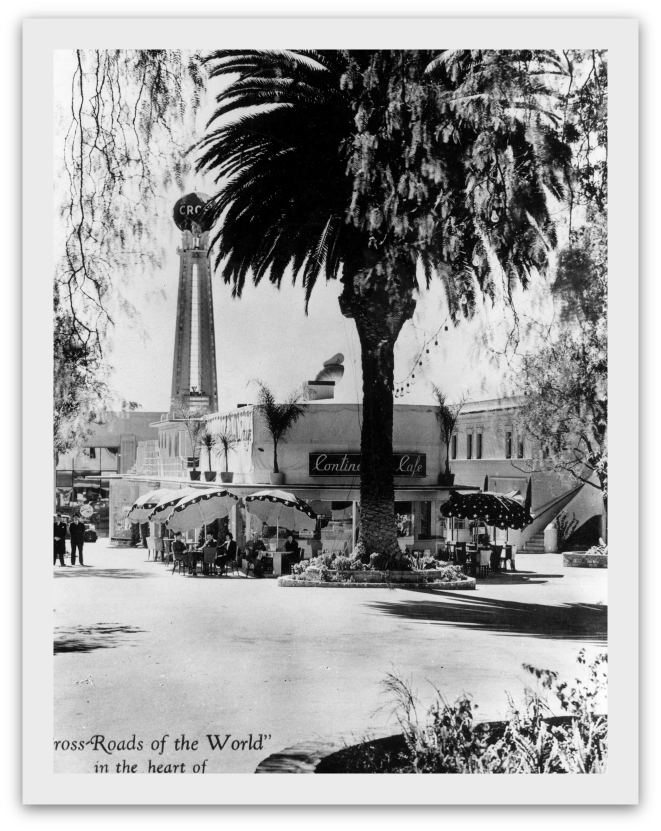
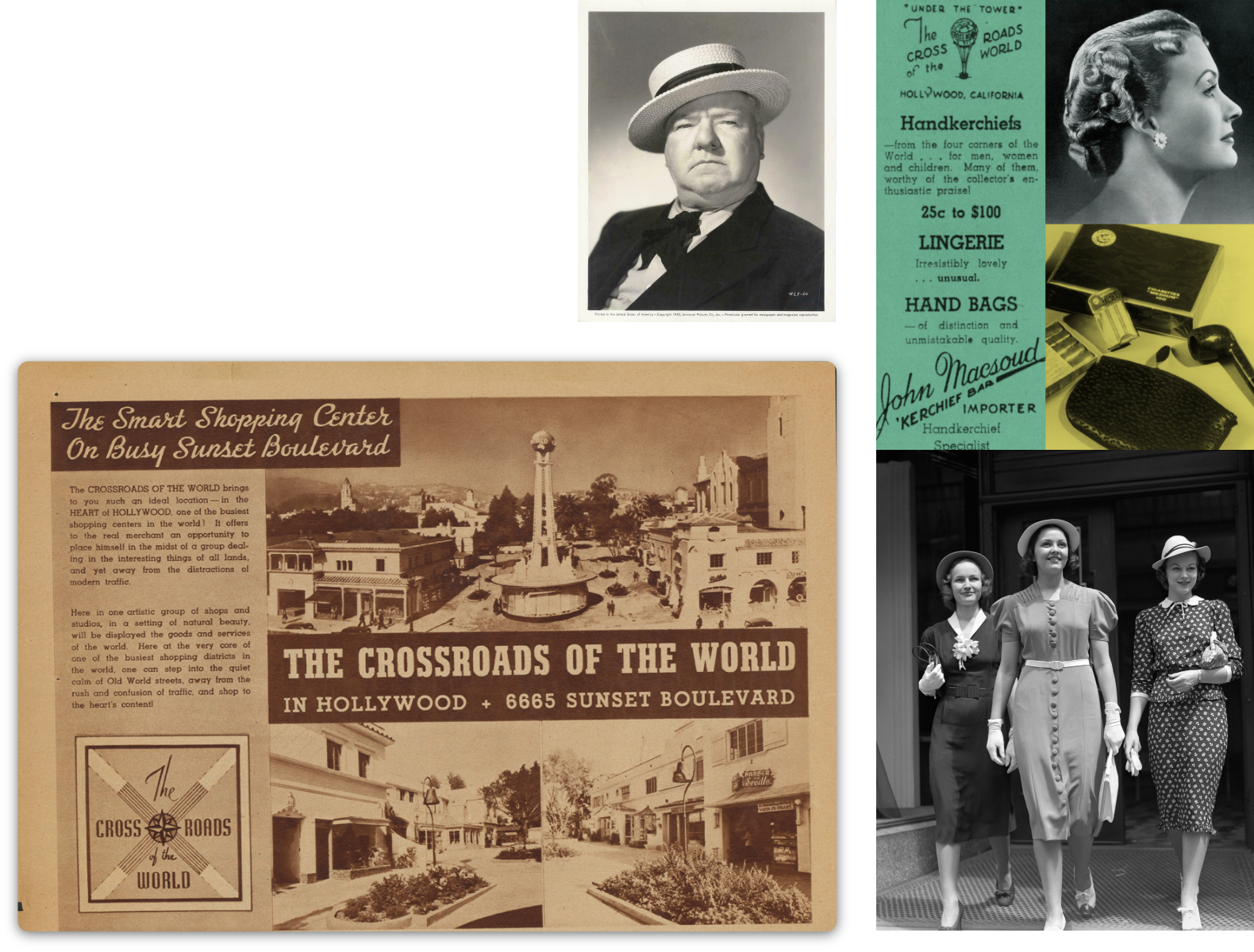
BLUE CHIP BRANDS AND TALENT
During the 1940s and 1950s, Crossroads of the World shifted from a landmark retail hub to host the office suites of tenants such as the Screen Actors Guild, Standard Oil, and American Airlines. Alfred Hitchcock also moved his new production headquarters to Crossroads during this time, and Billboard magazine published its legendary entertainment sheet from Hitchcock’s office suite at Crossroads.
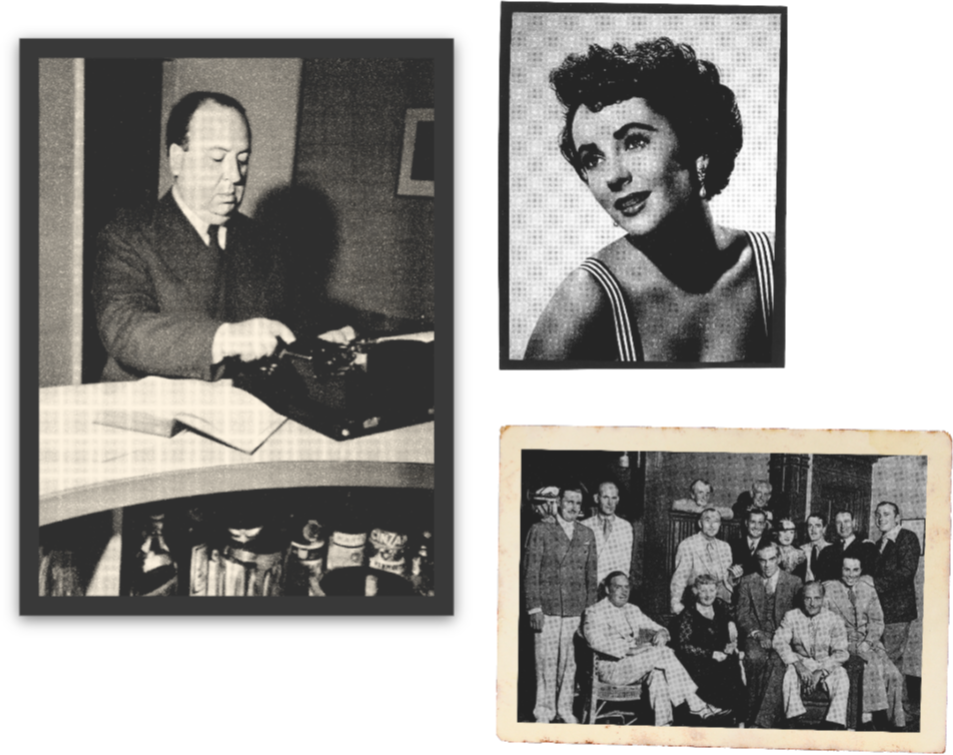
STUDIO LEGENDS
In the 1970s Crossroads attracted legendary recording studios and music industry insiders, including Beatles’ and Rolling Stones’ art director Kosh and recording engineer Wally Heider. Frequent famed visitors during this period included Ringo Starr, Rod Stewart, Jimmy Buffett, Melissa Manchester and Bette Midler.
Interlock Studios also mixed soundtracks for many major Hollywood movies on site, while Crosby, Stills, Nash & Young recorded many of their best-known and best-selling albums at their custom-built studios within one of Crossroads’ buildings. Jackson Browne and Bonnie Raitt were also known to rehearse at Crossroads.
Crossroads continued to host world-renowned recording studios through the 19XXs, where artists recorded and mixed their albums – including Melissa Etheridge, Fleetwood Mac, Gladys Knight, Patti LaBelle, BB King, and The Stylistics.
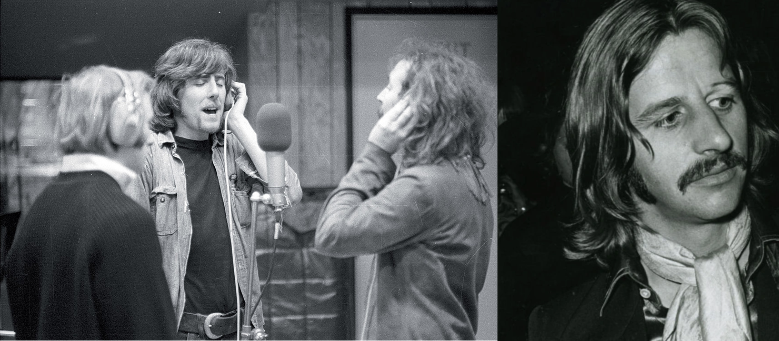
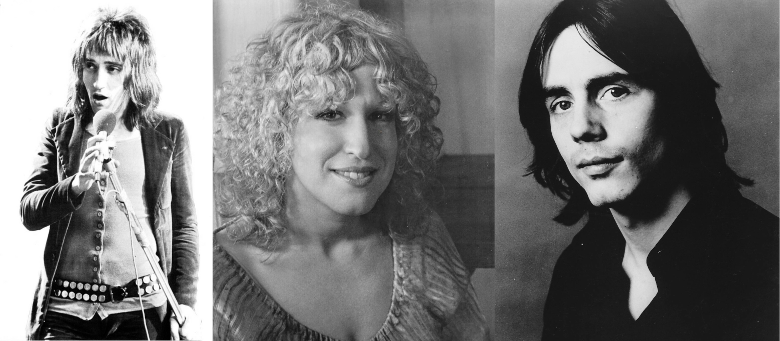
as seen on
screen
From the 1980s to the early 2000s, Crossroads of the World became a destination film location, for movies such as L.A. Confidential, Indecent Proposal, and television series including Malice in Wonderland, Melrose Place, Charmed, Monk, and Dexter. The iconic architecture served as a backdrop for numerous music videos, as well as commercials for McDonald’s, Ford, Mattel Toys, Mercedes-Benz, Pacific Bell and Arrowhead Water.
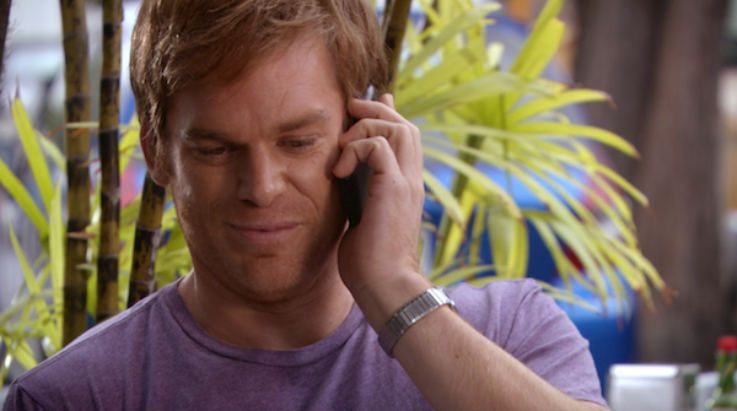
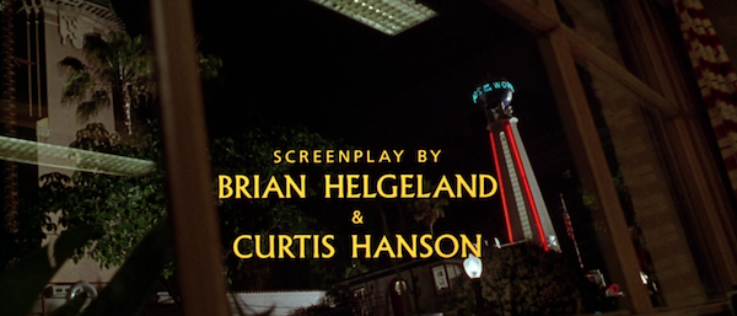

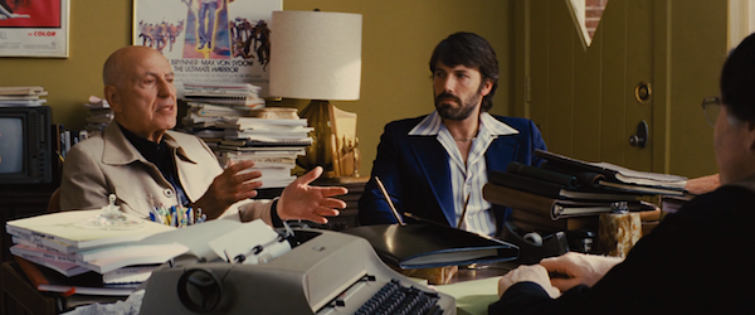
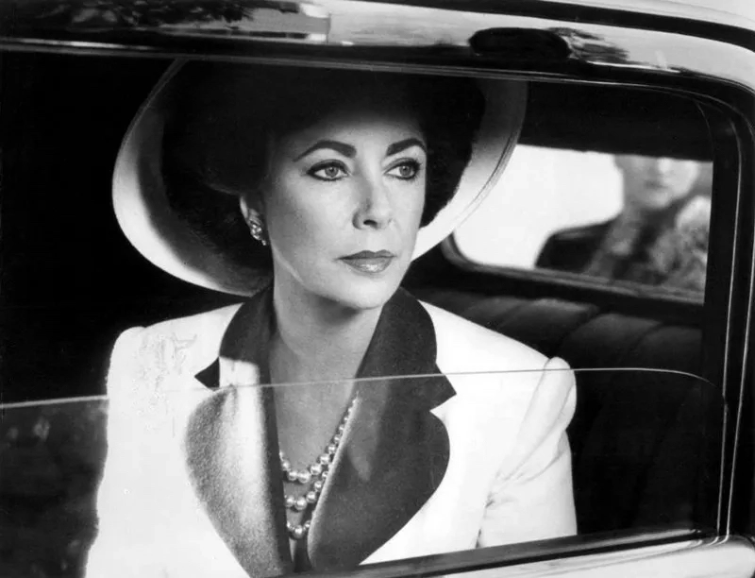
Character
(and charisma)everywhere
Crossroads of the World officially opened at the height of popularity of Streamline Moderne architecture. Los Angeles architect Robert V. Derrah was best known for the Coca-Cola building on South San Pedro Street in downtown Los Angeles. The complex was hailed as “an outstanding landmark and civic attraction” and featured in numerous architectural journals.
Its 60-foot tower with revolving globe on the top is instantly recognizable, as is the sleek ocean liner — complete with red railings, portholes and curved corners — that “anchors” the property. Surrounding it are nine buildings, each representing a unique architectural style: French, Italian, Spanish, Moorish, California Mediterranean, Cape Cod/Early American, a European village and the ship in the center. Every door is unique and custom-designed. Most have windows in all sorts of whimsical designs: heart-shaped, a spider web, porthole, rounded.
The property was recognized by both Los Angeles and the U.S. government as an architectural landmark and in 1974, Crossroads of the World became Los Angeles Historic Cultural Monument #134, and added to the National Register of Historic Places in 1980.
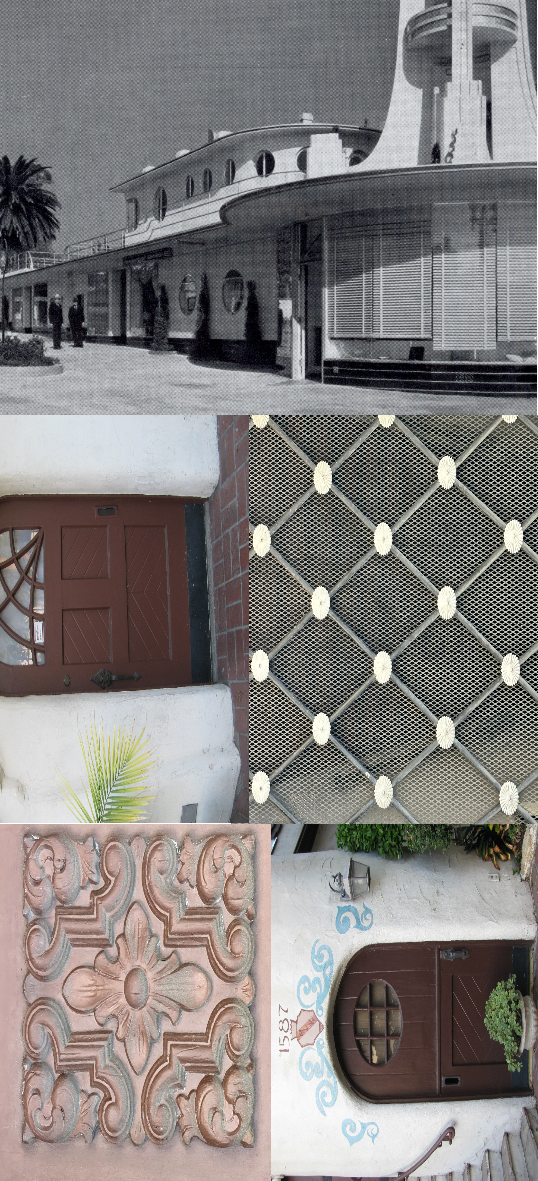
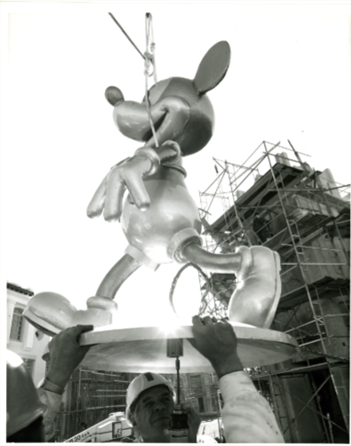
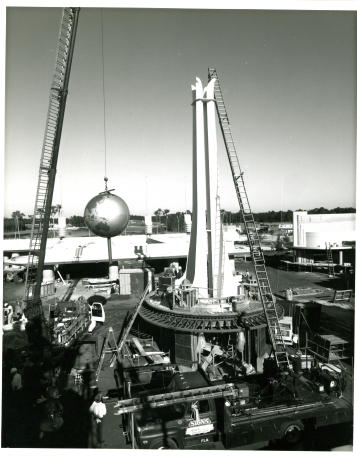
Crossroads of the World has become such a part of the Hollywood scene that the iconic tower, complete with the revolving globe and neon lettering, has been reproduced at Disney’s MGM Studios Theme Park in Orlando, Florida in 1989.
Historic Romanesque building designed in 1923 by architect Ray L. Jones. Features brick-enclosed arched windows, decorative wrought-iron railings and round cast-stone medallions. Former residents included screenwriters, opera singers, musicians, and director of 1925 film Ben-Hur Fred Niblo.
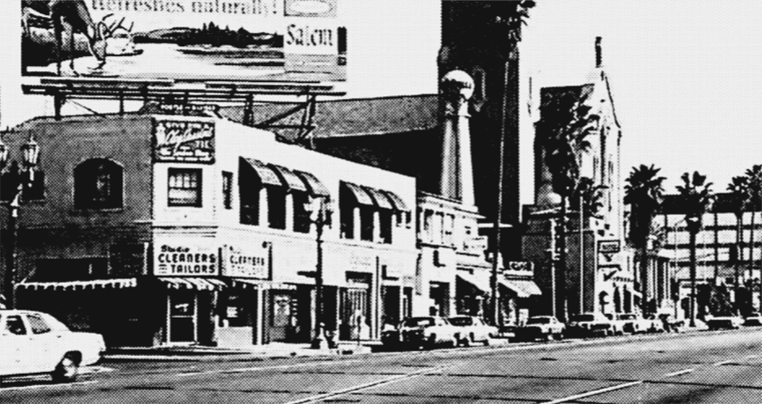

Originally built in 1924 and redesigned by architect Douglas Honnold in 1936. Regency Moderne style includes a concave entrance with fluted concrete, marble cladding and large bronze medallions.
The Hollywood Reporter operated from the property from 1931 to the early 1990s, followed by L.A. Weekly who occupied the building through 2008. In 1937, the front building briefly included Sunset House, an upscale men’s haberdashery for the Hollywood elite, complete with a barbershop serving patrons such as Charlie Chaplin and Cary Grant. The structure was designated a Los Angeles Historic-Cultural Monument in 2017.
Headline Needed
Lorem ipsum dolor sit amet, consectetur adipiscing elit, sed do eiusmod tempor incididunt
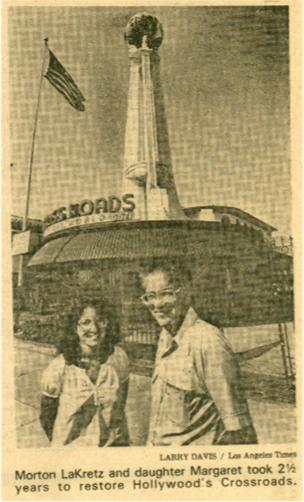
Following a decade of neglect, Crossroads of the World went on the auction block in 1974 with plans underway for demolition. Fortunately, the property was purchased in 1977 by real estate investor Mort La Kretz, who restored it to its original glory.
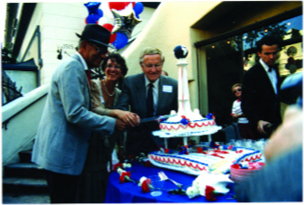
Lorem ipsum dolor sit amet, consectetur adipiscing elit, sed do eiusmod tempor incididunt ut labore et dolore magna aliqua. Ut enim ad minim veniam, quis nostrud exercitation ullamco laboris nisi ut aliquip ex ea commodo consequat.
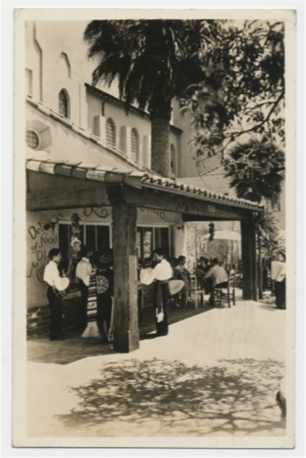
ut morbi tincidunt augue interdum velit euismod in pellentesque massa placerat duis
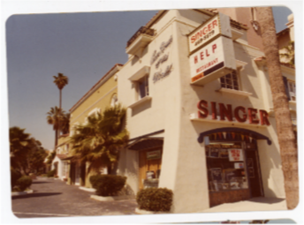
ipsum a arcu cursus vitae congue mauris rhoncus
